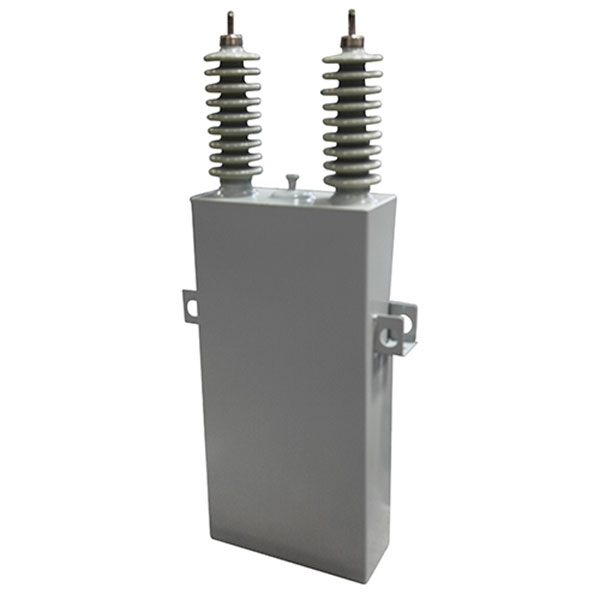To increase power to a capacitor, you can either raise the voltage across it or improve its capacitance. By increasing the voltage, more energy can be stored in the capacitor, thus increasing the power output when discharged. Another way is to use capacitors with larger capacitance values, which can hold more charge and therefore provide higher energy storage. However, in practical applications, power to a capacitor is often controlled and optimized through specialized devices like capacitor banks and switches.
Capacitors are fundamental components in electrical circuits, storing electrical energy in an electric field. Their primary function is to accumulate charge and release it when needed, which helps regulate voltage and improve power quality. Capacitors are integral in various industries, from power distribution to electronics, and enhancing their power capabilities is crucial for optimizing energy efficiency.
The power delivered by a capacitor is influenced by several factors, including its capacitance, the applied voltage, and the rate of charge/discharge. The relationship between these factors can be understood through the formula for electrical energy stored in a capacitor:
E=12CV2E=21CV2
Where:
From this formula, we can conclude that by increasing either the voltage or capacitance, the stored energy (and thus the power output) increases. However, it is essential to handle these components carefully, as applying excessive voltage or capacitance can lead to overheating or even capacitor failure.
In power systems, capacitors are often used to improve power factor, stabilize voltage, and manage reactive power. The "power capacitor" category encompasses various types that are designed for specific voltage levels and applications. These include:
These capacitors are typically used in residential and small industrial applications where the voltage is relatively low, such as in household appliances, small machinery, and electronic devices. Low voltage capacitors help reduce energy loss, improve efficiency, and stabilize voltage.
High voltage capacitors are designed for use in high-voltage power systems, including electric transmission and distribution networks. These capacitors help reduce the losses in the system by compensating for reactive power, improving the overall efficiency of the power grid.

A capacitor bank is a group of capacitors connected in parallel or series to increase total capacitance. By using capacitor banks, power systems can provide a larger and more stable source of reactive power, which helps in voltage regulation and improving the power factor across large electrical networks.
Capacitor switches are devices used to connect or disconnect capacitor banks from the power grid. These switches play a vital role in managing the charging and discharging cycles of capacitors, preventing sudden surges in power that could damage the system. They enable capacitors to be brought online or offline as needed, ensuring efficient energy use.
To increase the power to a capacitor, one can either increase the voltage applied or use capacitors with higher capacitance values. In power systems, special types of capacitors like low and high voltage power capacitors, capacitor banks, and capacitor switches are utilized to optimize power delivery, improve efficiency, and ensure stable operation of electrical networks. These devices work together to manage energy flow, reduce energy loss, and support the functioning of modern electrical grids. Whether you're working with small electronics or large-scale power systems, understanding how to properly integrate and enhance capacitors is crucial for maintaining system performance and energy efficiency.